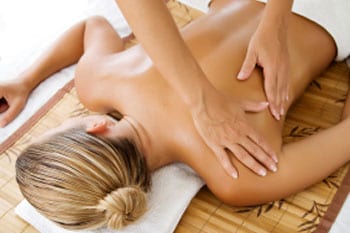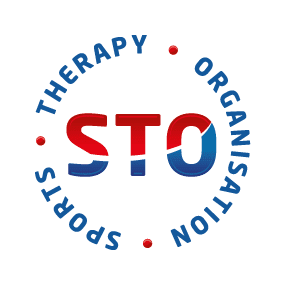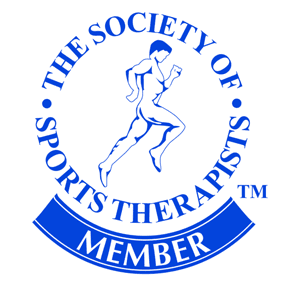Swedish Massage
Swedish massage is the most common and best-known type of massage in the West.
If you want deeper work and can tolerate more pressure, even some momentary discomfort to get relief from muscle stiffness and pain, it’s better to book a deep tissue massage, which is another form of Swedish massage.
Swedish massage can be slow and gentle, or vigorous and bracing, depending on the therapist’s personal style and what they want to achieve.
What Happens During A Swedish Massage
In all Swedish massage, the therapist lubricates the skin with massage oil or medium and performs various strokes that warm up and work the muscle tissue, releasing tension and breaking up muscle “knots” or adhered tissues, called adhesion’s. Swedish massage promotes relaxation, eases muscle tension and creates other health benefits.
Before the massage, the therapist should ask you about any injuries or other conditions that he or she should know about. Things you would want tell a therapist include areas of tightness or pain, allergies, and conditions like pregnancy. You can also tell them up front if you have a preference for light or firm pressure, however, it’s best not to get a massage if you are ill.
Why It’s Called Swedish Massage
Swedish massage is based on the Western concepts of anatomy and physiology as opposed to energy work that is more common in Asian-style massage. Both Swedish massage and physical therapy were pioneered by a Swedish physiologist, Per Henrik Ling (1776-1839) at the University of Stockholm.
In the early 19th century he developed a system called “Medical Gymnastics” which included movements performed by a therapist. These became the known as “Swedish movements” in Europe and “the Swedish Movement Cure” when they came to the U.S. in 1858.
Today it is simply known as Swedish massage Swedish massage is the foundation for other types of Western massage, including sports massage, deep tissue massage and aromatherapy massage







